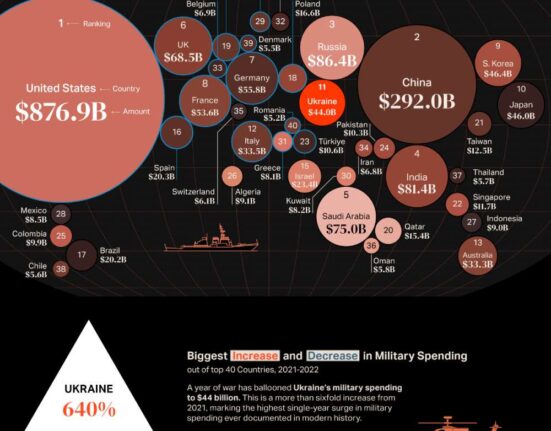In the heart of Serbia, a Chinese vaccine factory was supposed to rise – a symbol of hope and progress for the country’s healthcare system. However, reality paints a different picture as the factory that was promised never started its operations.
Imagine the excitement that rippled through Serbia when news broke about the potential collaboration between China and Serbia to build a state-of-the-art vaccine production facility. The prospect of bolstering domestic vaccine manufacturing capabilities and enhancing healthcare infrastructure seemed within reach.
The initial buzz surrounding the Chinese vaccine factory project in Serbia was palpable. The agreement signed between the two countries held promise not only for domestic vaccine production but also for technology transfer and economic growth. It was seen as a significant step towards reducing Serbia’s reliance on imported vaccines.
As time passed, however, skepticism began to cloud this once bright vision. Months turned into years, yet there were no signs of construction commencing at the proposed site. The anticipation waned, giving way to disappointment and frustration among Serbian officials and citizens alike.
One local resident expressed their disillusionment, stating,
“We were hopeful that this partnership would bring better healthcare opportunities for us. But now it seems like an unfulfilled dream.”
Expert analysis sheds light on the broader implications of such unmaterialized ventures. Dr. Elena Petrovic, a public health specialist, remarks,
“The failure to kickstart operations at the planned Chinese vaccine factory is not just a setback for Serbia’s healthcare ambitions but also raises questions about foreign investments in critical sectors.”
The absence of concrete progress on the Chinese vaccine factory front has left many wondering about the economic repercussions. Potential job creation opportunities and technology transfers that were expected to accompany the project are now in limbo.
Dr. Marko Jovanovic, an economist familiar with regional development trends, notes,
“The stalled Chinese vaccine factory represents a missed chance for stimulating local employment and fostering technological know-how exchange – aspects crucial for long-term economic sustainability.”
Moreover, concerns linger regarding what led to this standstill in such a high-profile initiative. While official statements cite bureaucratic hurdles and logistical challenges as reasons for delays, speculations abound about underlying issues that may have hindered progress.
In essence, what was envisioned as a beacon of cooperation between China and Serbia in advancing public health has turned into a cautionary tale of dashed hopes and unmet expectations.
As discussions continue on how to salvage or repurpose the intended site earmarked for the Chinese vaccine factory, one thing remains clear – lessons must be learned from this episode to ensure transparency, accountability, and effective implementation in future collaborative endeavors within crucial sectors like healthcare.
The saga of the dormant Chinese vaccine factory serves as both a reminder of aspirations unfulfilled and a call to action for more rigorous oversight and strategic planning in similar undertakings moving forward.







Leave feedback about this